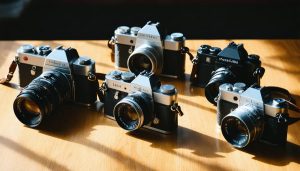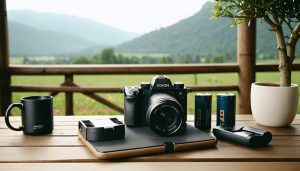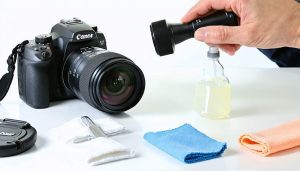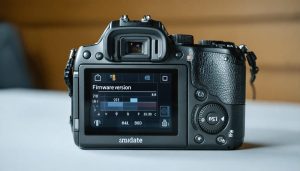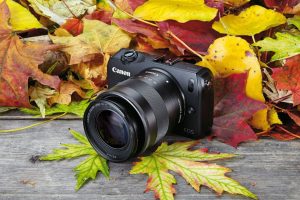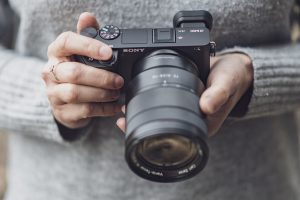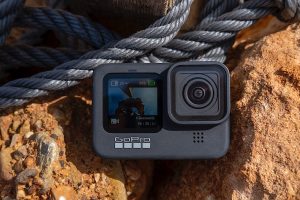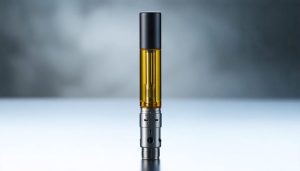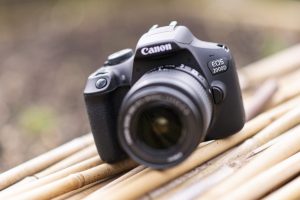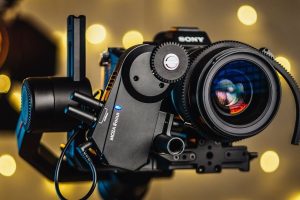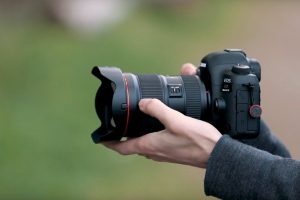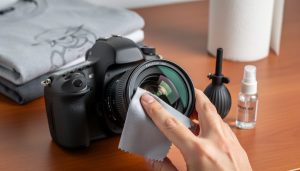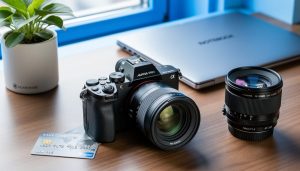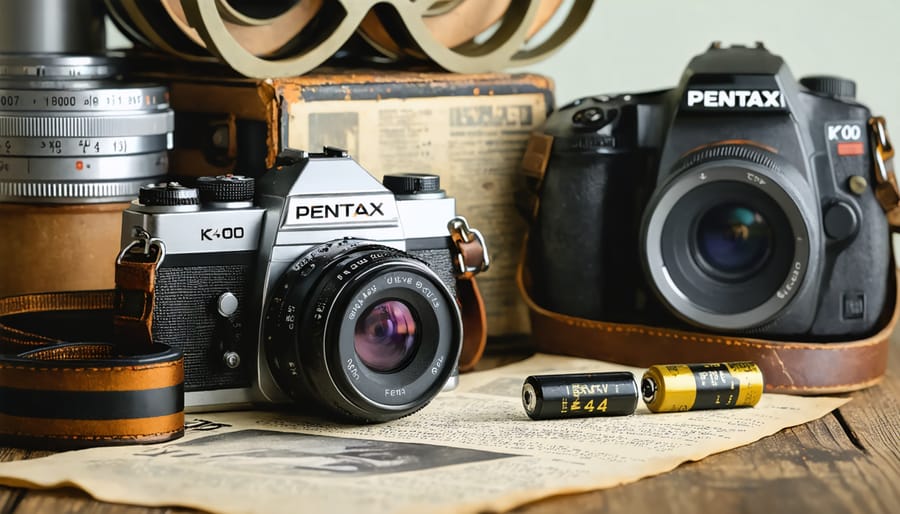
Power your Pentax K1000 with a single 1.55V SR44 silver oxide battery, ensuring reliable light meter operation and accurate exposure readings. Modern alkaline LR44 batteries work as drop-in replacements but may require more frequent changes due to their different voltage characteristics. For optimal film camera maintenance, store your K1000 with the battery removed when not in use for extended periods, preventing corrosion and extending battery compartment life. The K1000’s mechanical shutter operates completely without battery power, making it one of the most reliable film cameras ever made – only the light meter requires electrical power to function.
Understanding the K1000’s Battery System
Battery Type and Specifications
The Pentax K1000 operates on a single 1.5V battery, with two common options: the LR44 alkaline battery or the SR44 silver oxide battery. While both types will power your camera’s light meter effectively, the SR44 (also known as 357 or S76) is generally preferred by experienced photographers due to its more stable voltage output and longer lifespan.
The LR44 alkaline battery is more readily available and usually less expensive, making it a practical choice for casual shooters. However, its voltage tends to decline gradually over time, which can affect light meter accuracy. In contrast, the SR44 silver oxide maintains consistent voltage throughout its life, providing more reliable meter readings until it’s nearly depleted.
For optimal performance, either battery type should last approximately one to two years under normal use. Some photographers keep a spare battery in their camera bag as backup. When replacing the battery, ensure the positive (+) side faces outward in the battery chamber. While modern alternatives like button cell adapters exist, sticking with these traditional battery types ensures the most reliable operation for your K1000.
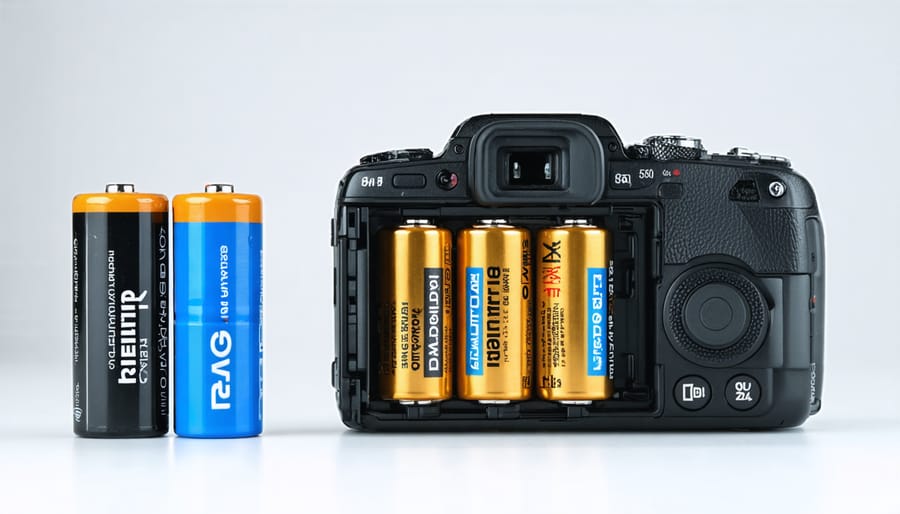
Battery Function in the K1000
The Pentax K1000’s battery serves a single, essential purpose: powering the camera’s built-in light meter. Unlike modern cameras, where batteries are crucial for multiple functions, the K1000’s mechanical design allows it to operate completely without a battery. You can still set the shutter speed, adjust aperture, and take photos even when the battery is dead or removed.
The light meter operates through a simple needle display visible in the viewfinder, showing whether your exposure settings are correct. When properly powered, the needle moves up or down in response to the available light and your chosen settings. This elegant, minimalist approach to metering makes the K1000 an excellent learning tool for photography students and a reliable companion for experienced photographers.
If you’re shooting without a working battery, you can still determine proper exposure using external light meters, the Sunny 16 rule, or light meter apps on your smartphone. This battery-independent operation is one of the key reasons why the K1000 remains popular among photographers who value reliability and simplicity in their equipment.
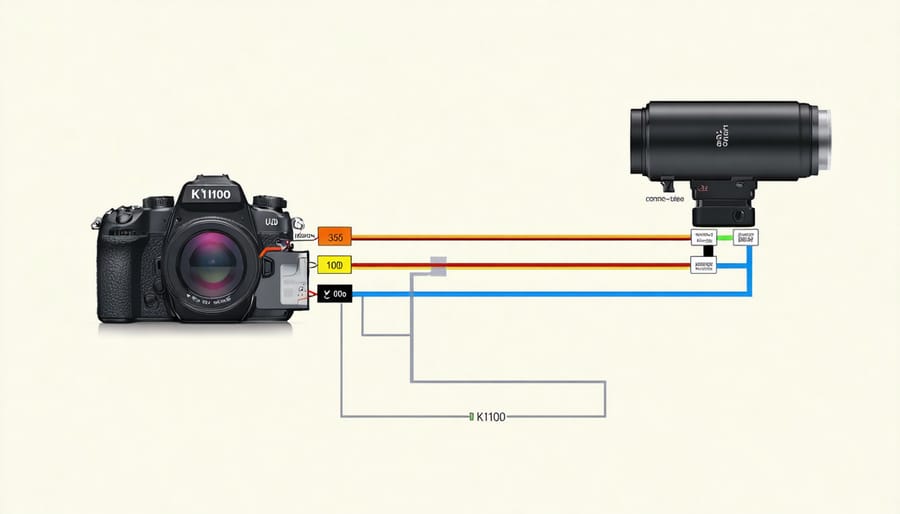
Maximizing Battery Life
Storage and Usage Tips
Proper storage and handling of your Pentax K1000’s battery is crucial to maximize battery performance and ensure reliable camera operation. Store your spare batteries in a cool, dry place, ideally between 59-77°F (15-25°C). Avoid leaving batteries in extreme temperatures, as heat can significantly reduce their lifespan and cold conditions can temporarily decrease their output.
When your K1000 isn’t in use for extended periods, remove the battery to prevent potential leakage that could damage the camera’s delicate electronics. Before storing, clean the battery contacts with a soft, dry cloth to maintain optimal conductivity. It’s also wise to check the battery compartment periodically for any signs of corrosion or residue.
Keep your batteries away from metal objects like coins or keys to prevent short circuits. When carrying spare batteries, use a dedicated plastic case or the original packaging. Remember that even unused batteries naturally lose charge over time, so rotate your stock and use older batteries first.
For day-to-day use, always carry a spare battery in your camera bag. The K1000’s light meter is the only component that requires battery power, so having a backup ensures you won’t miss important shots. Consider marking your batteries with the date of purchase to track their age and replacement schedule.
Environmental Considerations
Environmental conditions play a crucial role in how your K1000’s battery performs. Temperature is particularly important – in cold weather, battery performance can decrease significantly, potentially affecting your light meter’s accuracy. When shooting in winter conditions, it’s a good practice to keep a spare battery warm in an inside pocket, rotating it with the one in your camera if needed.
Heat can be equally challenging, as extreme temperatures above 85°F (29°C) can shorten battery life and potentially lead to leakage. If you’re shooting in hot conditions, try to keep your camera out of direct sunlight when not in use, and store it in a temperature-controlled environment whenever possible.
Humidity is another factor to consider. High moisture levels can lead to corrosion in the battery compartment, which might affect electrical contact points. If you’re shooting in humid conditions, consider using a silica gel packet in your camera bag to absorb excess moisture.
Altitude can also impact battery performance, though this is typically only noticeable at extreme heights where the air pressure is significantly lower. For most photographers, this won’t be a concern unless you’re shooting in mountainous regions.
To maximize battery life regardless of conditions, always remove the battery if you plan to store your K1000 for extended periods. This prevents potential damage from battery leakage and ensures you’ll have reliable power when you need it.
Troubleshooting Battery Issues
Signs of Battery Failure
Recognizing battery failure in your Pentax K1000 is crucial for maintaining accurate exposures and preventing missed shots. The most obvious sign is when your light meter needle becomes sluggish or stops moving entirely, even in bright lighting conditions. If you notice the needle behaving erratically or providing inconsistent readings, this typically indicates a weakening battery.
Another telltale sign is when your meter readings appear significantly off from what you’d expect given the lighting conditions. For instance, if your meter suggests settings that would result in severe overexposure in normal daylight, it’s likely time for a battery change.
Watch out for corrosion around the battery compartment, which appears as a white, blue, or green crusty substance. This not only indicates battery problems but could potentially damage your camera if left unchecked.
Age is also a reliable indicator – if you can’t remember the last time you changed your battery, it’s probably due for replacement. While the K1000’s battery can last several years with normal use, it’s good practice to replace it annually if you use your camera frequently.
Remember, unlike modern cameras, the K1000 will continue to function mechanically without a battery – only the light meter requires power. However, accurate metering is essential for proper exposure, so don’t delay replacement when these signs appear.
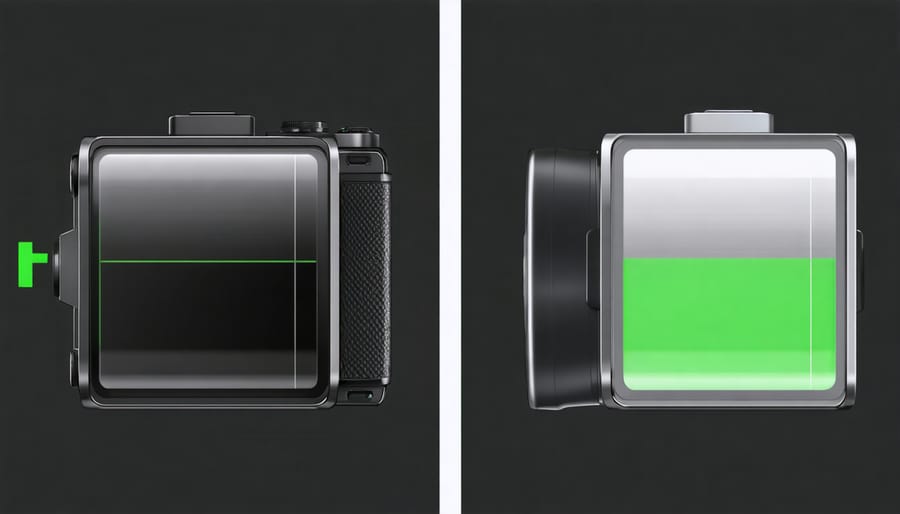
Quick Fixes and Solutions
When your K1000’s light meter seems unresponsive or erratic, try these quick solutions before replacing the battery. First, clean the battery contacts using a pencil eraser or isopropyl alcohol on a cotton swab – oxidation often causes poor connections. If the meter still isn’t working, try rotating the battery slightly in its compartment, as this can improve contact.
For a sluggish meter needle, gently tap the top of the camera near the prism. This can free up any stuck mechanisms in older cameras. If you’re getting inconsistent readings, remove the battery and let the compartment air out for 30 minutes to eliminate any moisture.
When installing a new battery, ensure it’s seated firmly and the polarity matches the diagram in the compartment. If you’re using an adapter with modern batteries, check that it’s properly aligned and making good contact.
For temporary solutions in the field, carrying a backup battery is essential. If you’re stuck without one, remember that the K1000 functions perfectly well without battery power – just use the Sunny 16 rule or a handheld light meter for exposure readings.
If these fixes don’t resolve the issue, consider having your camera serviced by a professional technician who specializes in vintage cameras.
Modern Alternatives and Recommendations
For today’s photographers using the Pentax K1000, several modern battery alternatives offer reliable power solutions for this beloved among classic Japanese cameras. While the original LR44 or SR44 batteries remain viable options, newer alternatives like the CR44 lithium cells provide extended life and improved stability in varying temperatures.
The most recommended modern option is the Energizer 357/303 silver oxide battery, which offers excellent voltage consistency and typically lasts 2-3 years with normal use. For environmentally conscious photographers, rechargeable alternatives like the V76PX silver oxide cell are now available, though they require a specialized charger.
When selecting a replacement battery, prioritize silver oxide (SR44) over alkaline (LR44) versions, as they maintain more stable voltage throughout their lifespan. This consistency is crucial for accurate meter readings. Some photographers have found success with battery adapters that allow the use of more common modern batteries, though these should be approached with caution to avoid potential damage to the camera’s metering system.
For long-term storage, consider removing the battery entirely and storing it separately. If you’re a frequent shooter, keep a spare battery in your camera bag – they’re small, lightweight, and can save a shooting session when needed.
Proper care and maintenance of your Pentax K1000’s battery system is essential for keeping this classic camera performing reliably. Remember to check your battery regularly, especially before important shoots, and always remove it during long storage periods to prevent corrosion. While the original 1.35V mercury batteries are no longer available, modern alternatives like silver oxide and alkaline cells provide excellent alternatives when paired with proper adaptation methods. Keep your battery compartment clean and dry, and consider carrying a spare battery in your camera bag. By following these maintenance guidelines and choosing the right battery type, you can ensure your K1000 continues to deliver accurate exposures and reliable operation for years to come. The minimal power requirements of this mechanical masterpiece mean that with proper care, a single battery can last for months or even years of regular use.

